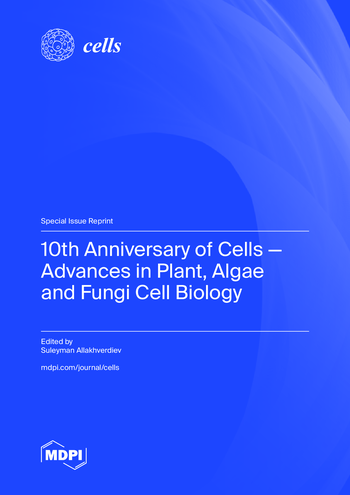YAP/TAZ Signaling in the Pathobiology of Pulmonary Fibrosis
IF 5.1
2区 生物学
Q2 CELL BIOLOGY
引用次数: 0
Abstract
Pulmonary fibrosis (PF) is a severe, irreversible lung disease characterized by progressive scarring, with idiopathic pulmonary fibrosis (IPF) being the most prevalent form. IPF’s pathogenesis involves repetitive lung epithelial injury leading to fibroblast activation and excessive extracellular matrix (ECM) deposition. The prognosis for IPF is poor, with limited therapeutic options like nintedanib and pirfenidone offering only modest benefits. Emerging research highlights the dysregulation of the yes-associated protein (YAP)/transcriptional coactivator with PDZ-binding motif (TAZ) signaling pathway as a critical factor in PF. YAP and TAZ, components of the Hippo pathway, play significant roles in cell proliferation, differentiation, and fibrosis by modulating gene expression through interactions with TEA domain (TEAD) transcription factors. The aberrant activation of YAP/TAZ in lung tissue promotes fibroblast activation and ECM accumulation. Targeting the YAP/TAZ pathway offers a promising therapeutic avenue. Preclinical studies have identified potential treatments, such as trigonelline, dopamine receptor D1 (DRD1) agonists, and statins, which inhibit YAP/TAZ activity and demonstrate antifibrotic effects. These findings underscore the importance of YAP/TAZ in PF pathogenesis and the potential of novel therapies aimed at this pathway, suggesting a new direction for improving IPF treatment outcomes. Further research is needed to validate these approaches and translate them into clinical practice.肺纤维化病理生物学中的 YAP/TAZ 信号传导
肺纤维化(PF)是一种以进行性瘢痕形成为特征的严重、不可逆的肺部疾病,其中特发性肺纤维化(IPF)是最常见的一种。IPF 的发病机制涉及反复的肺上皮损伤,导致成纤维细胞活化和细胞外基质(ECM)过度沉积。IPF 的预后很差,宁替达尼(nintedanib)和吡非尼酮(pirfenidone)等有限的治疗方案只能带来些许益处。新近的研究强调,"是 "相关蛋白(YAP)/具有 PDZ 结合基调的转录辅激活因子(TAZ)信号通路的失调是导致骨髓纤维化的关键因素。YAP和TAZ是Hippo通路的组成部分,它们通过与TEA结构域(TEAD)转录因子相互作用来调节基因表达,从而在细胞增殖、分化和纤维化过程中发挥重要作用。肺组织中 YAP/TAZ 的异常激活会促进成纤维细胞的活化和 ECM 的积累。靶向 YAP/TAZ 通路提供了一种前景广阔的治疗途径。临床前研究发现了一些潜在的治疗方法,如三尖杉碱、多巴胺受体 D1(DRD1)激动剂和他汀类药物,它们能抑制 YAP/TAZ 的活性并显示出抗纤维化作用。这些发现强调了YAP/TAZ在骨髓纤维化发病机制中的重要性,以及针对这一通路的新型疗法的潜力,为改善骨髓纤维化的治疗效果指明了新的方向。要验证这些方法并将其转化为临床实践,还需要进一步的研究。
本文章由计算机程序翻译,如有差异,请以英文原文为准。
求助全文
约1分钟内获得全文
求助全文
来源期刊

Cells
Biochemistry, Genetics and Molecular Biology-Biochemistry, Genetics and Molecular Biology (all)
CiteScore
9.90
自引率
5.00%
发文量
3472
审稿时长
16 days
期刊介绍:
Cells (ISSN 2073-4409) is an international, peer-reviewed open access journal which provides an advanced forum for studies related to cell biology, molecular biology and biophysics. It publishes reviews, research articles, communications and technical notes. Our aim is to encourage scientists to publish their experimental and theoretical results in as much detail as possible. There is no restriction on the length of the papers. Full experimental and/or methodical details must be provided.
 求助内容:
求助内容: 应助结果提醒方式:
应助结果提醒方式:


